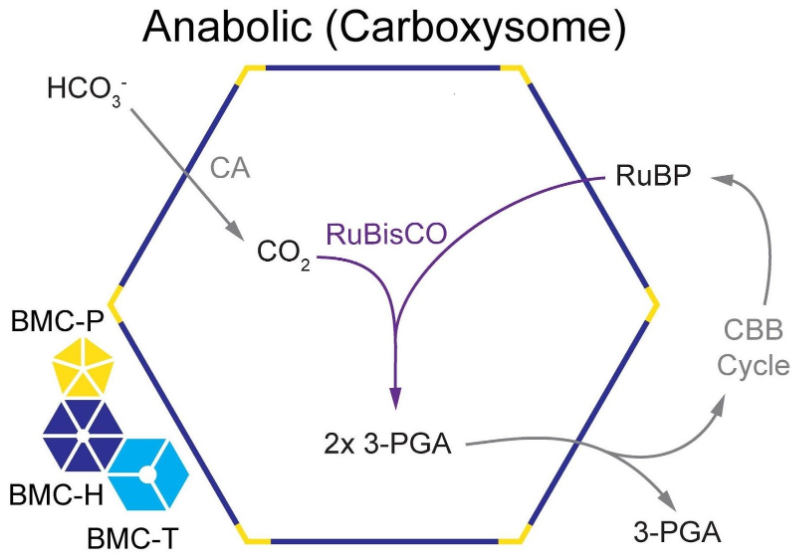
Why is anabolic reaction an endergonic reaction?
Answer
554.7k+ views
Hint: The energy produced may then be used in biosynthesis of cellular constituents (proteins, fatty acid, nucleic acid), in a process is known as anabolism. Metabolism is the combination of anabolism and catabolism. Endergonic reaction in metabolism absorbs free energy from its surroundings and is nonspontaneous.
Complete Answer:
- Metabolism is the relationship of anabolic and catabolic pathways results in the continual flow of energy within organisms. An endergonic reaction is the chemical reaction in which the standard transition in free energy is positive, and additional driving forces are required to perform this reaction.
- The anabolic process is a reaction in which smaller organic molecules are used to the production of the large complex molecules.
- The energies are added to the smaller amino acids, which react to form the linear chain of large proteins. This is an example of the endergonic reaction where energy is required to initiate the reaction.
- So, the phosphate group is added to the AMP, ADP molecules to form ATP. There is energy stored in this large molecule.

Example for Chemical reaction for anabolic reaction:
$C{O_2} + {H_2}O \to {C_6}{H_{12}}{O_6} + {O_2}$
In this reaction sun light energy is converted into chemical energy for use by the cell.
Note: AMP stands for adenosine monophosphate. ADP stands for adenosine diphosphate. ATP stands for adenosine triphosphate. ATP is a molecule that is used as energy (chemical energy) in the cell. AMP is one of the parts of RNA and organic component of the energy-carrying molecule ATP. AMP combines with inorganic phosphate to produce ADP.
Complete Answer:
- Metabolism is the relationship of anabolic and catabolic pathways results in the continual flow of energy within organisms. An endergonic reaction is the chemical reaction in which the standard transition in free energy is positive, and additional driving forces are required to perform this reaction.
- The anabolic process is a reaction in which smaller organic molecules are used to the production of the large complex molecules.
- The energies are added to the smaller amino acids, which react to form the linear chain of large proteins. This is an example of the endergonic reaction where energy is required to initiate the reaction.
- So, the phosphate group is added to the AMP, ADP molecules to form ATP. There is energy stored in this large molecule.

Example for Chemical reaction for anabolic reaction:
$C{O_2} + {H_2}O \to {C_6}{H_{12}}{O_6} + {O_2}$
In this reaction sun light energy is converted into chemical energy for use by the cell.
Note: AMP stands for adenosine monophosphate. ADP stands for adenosine diphosphate. ATP stands for adenosine triphosphate. ATP is a molecule that is used as energy (chemical energy) in the cell. AMP is one of the parts of RNA and organic component of the energy-carrying molecule ATP. AMP combines with inorganic phosphate to produce ADP.
Recently Updated Pages
Master Class 11 Social Science: Engaging Questions & Answers for Success

Master Class 11 Physics: Engaging Questions & Answers for Success

Master Class 11 Maths: Engaging Questions & Answers for Success

Master Class 11 Economics: Engaging Questions & Answers for Success

Master Class 11 Computer Science: Engaging Questions & Answers for Success

Master Class 11 Chemistry: Engaging Questions & Answers for Success

Trending doubts
What is meant by exothermic and endothermic reactions class 11 chemistry CBSE

10 examples of friction in our daily life

Difference Between Prokaryotic Cells and Eukaryotic Cells

1 Quintal is equal to a 110 kg b 10 kg c 100kg d 1000 class 11 physics CBSE

One Metric ton is equal to kg A 10000 B 1000 C 100 class 11 physics CBSE

Draw a diagram of nephron and explain its structur class 11 biology CBSE




